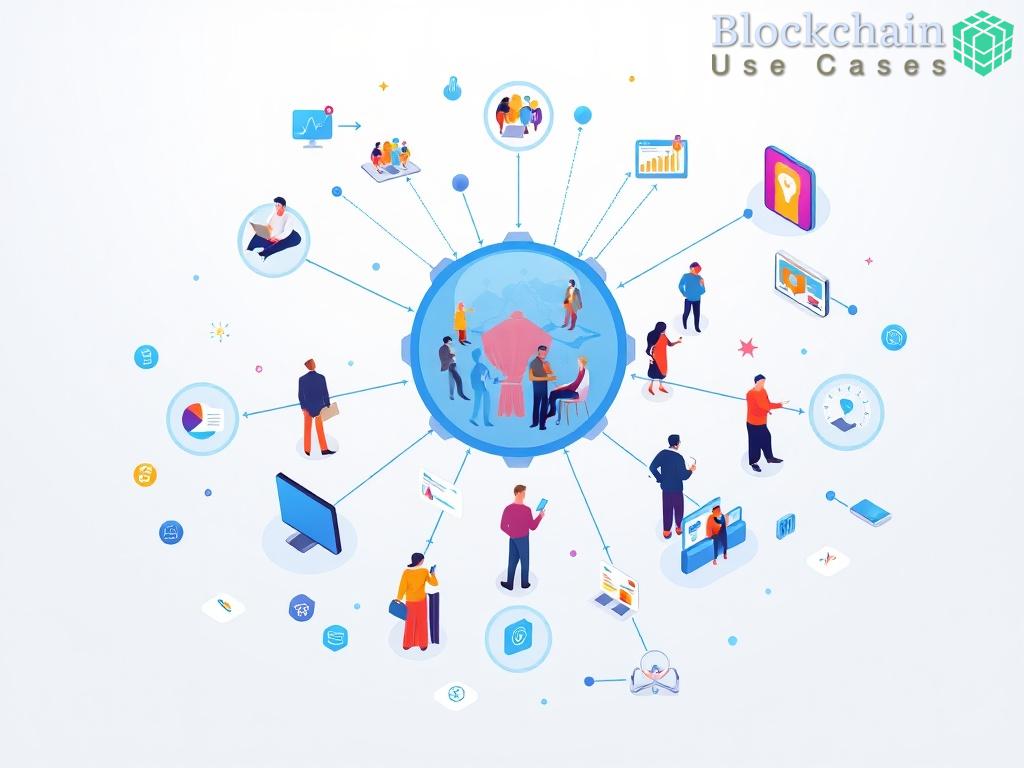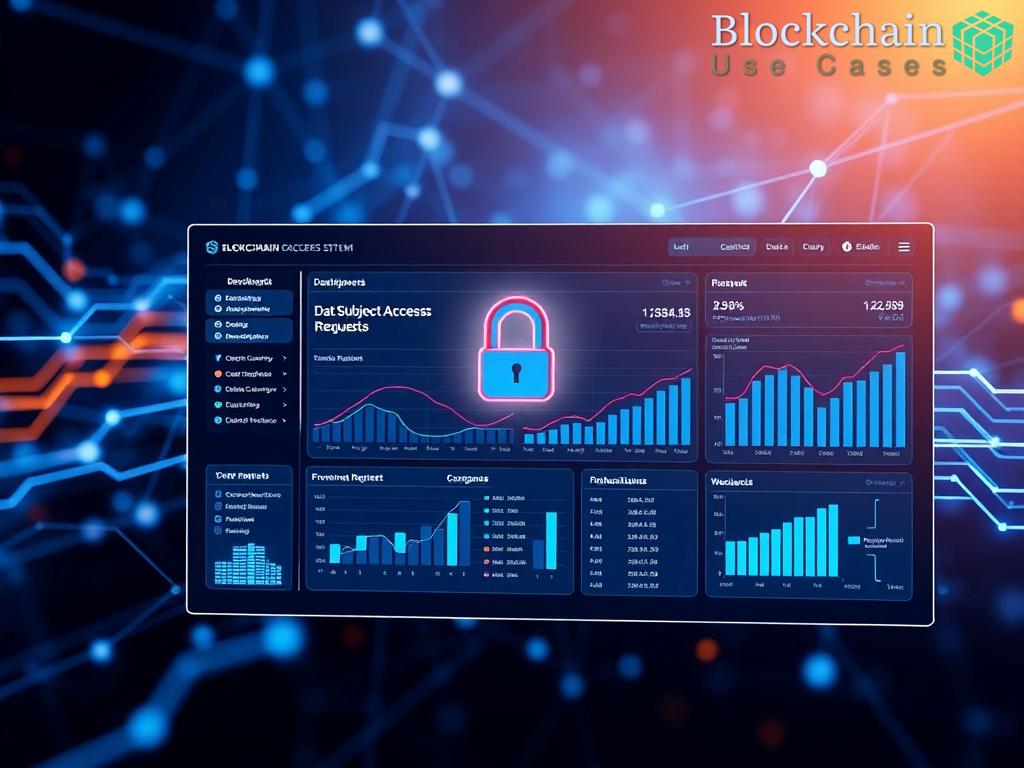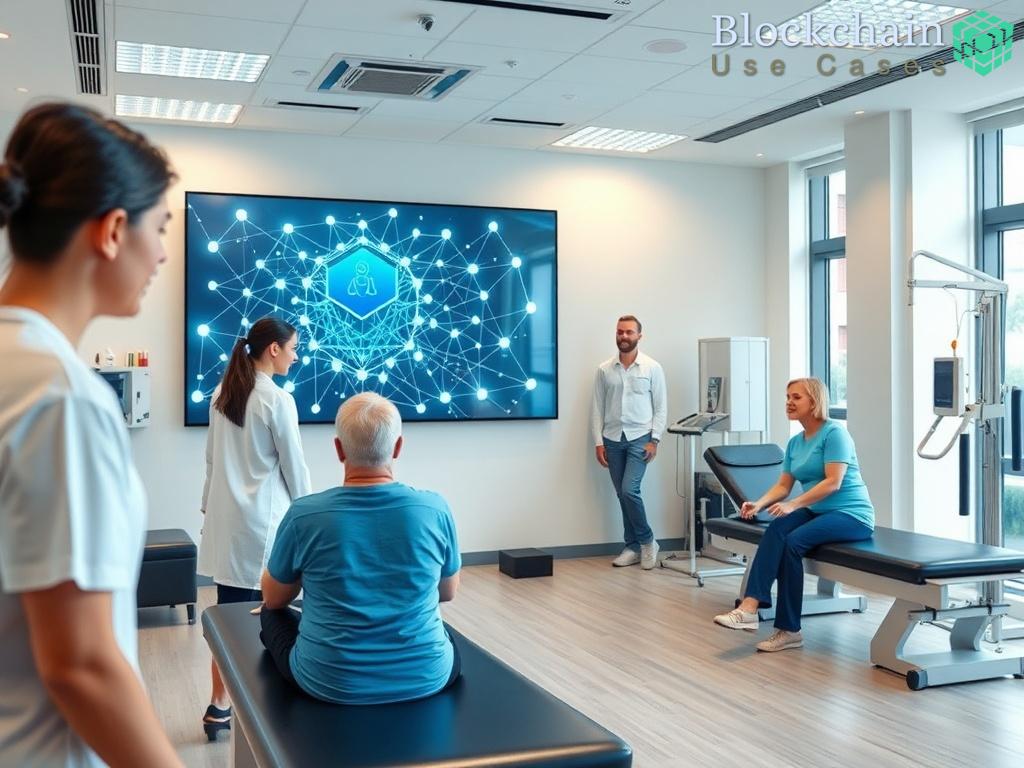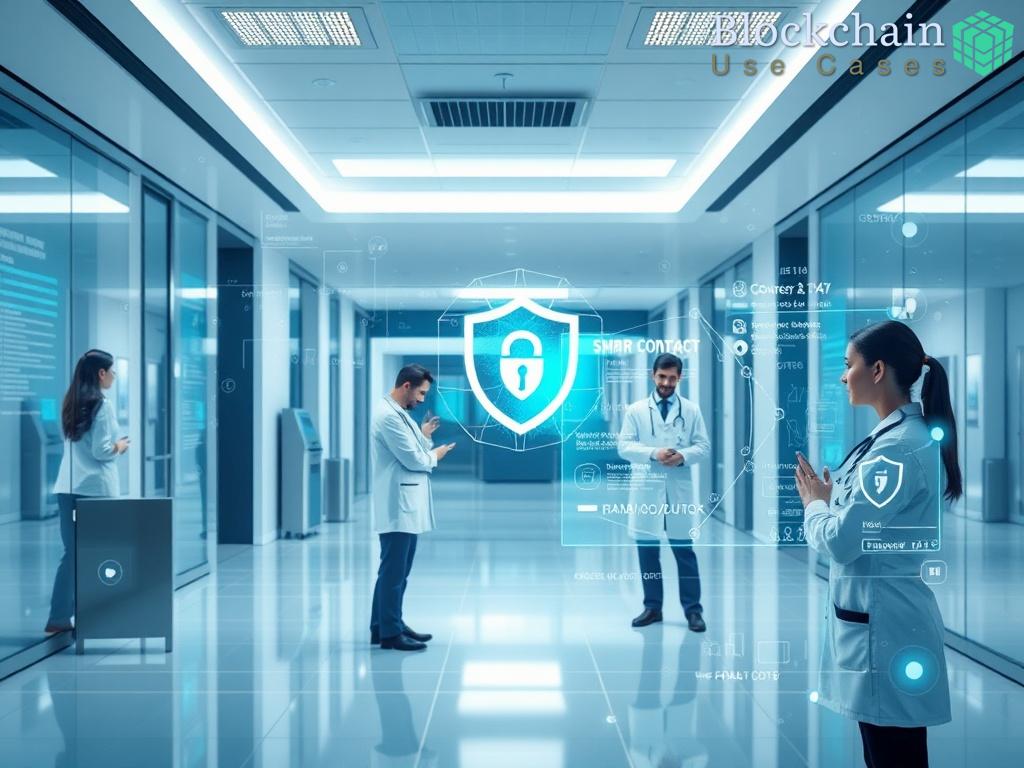Understanding the Challenges in Healthcare IoT
As the healthcare industry increasingly adopts IoT devices, it faces significant challenges regarding data management and security. These devices, from wearable health monitors to connected imaging systems, generate vast amounts of data that require careful handling. Traditional methods of data management are often inadequate, leading to concerns over data breaches and the integrity of patient information. The need for a solution that can provide transparency, security, and efficiency is more pressing than ever.
How Blockchain Can Transform Data Management
Blockchain technology offers a promising approach to addressing these challenges. By creating a decentralized and immutable ledger, blockchain can provide a secure environment for storing and sharing healthcare IoT data. This means that every transaction or piece of data generated by IoT devices can be securely logged and accessed, ensuring that patient information remains confidential and protected from unauthorized access.
- Data Integrity: Each entry in a blockchain is encrypted and time-stamped, preventing any alterations without detection.
- Enhanced Security: Blockchain’s decentralized structure reduces the risk of a single point of failure, making it more resilient against cyberattacks.
- Patient Control: Patients can have more control over their data, granting access to healthcare providers as needed while maintaining ownership.
Comparing Traditional Systems vs. Blockchain Solutions
To illustrate the advantages of blockchain, let’s compare traditional data management systems with blockchain solutions in the context of healthcare IoT.
| Feature | Traditional Systems | Blockchain Solutions |
|---|---|---|
| Data Security | Vulnerable to breaches | Highly secure and encrypted |
| Data Integrity | Prone to manipulation | Immutable records |
| Patient Access | Limited control | Full control and transparency |
As highlighted in the comparison table, blockchain not only enhances security but also empowers patients by giving them more control over their personal health data.


















